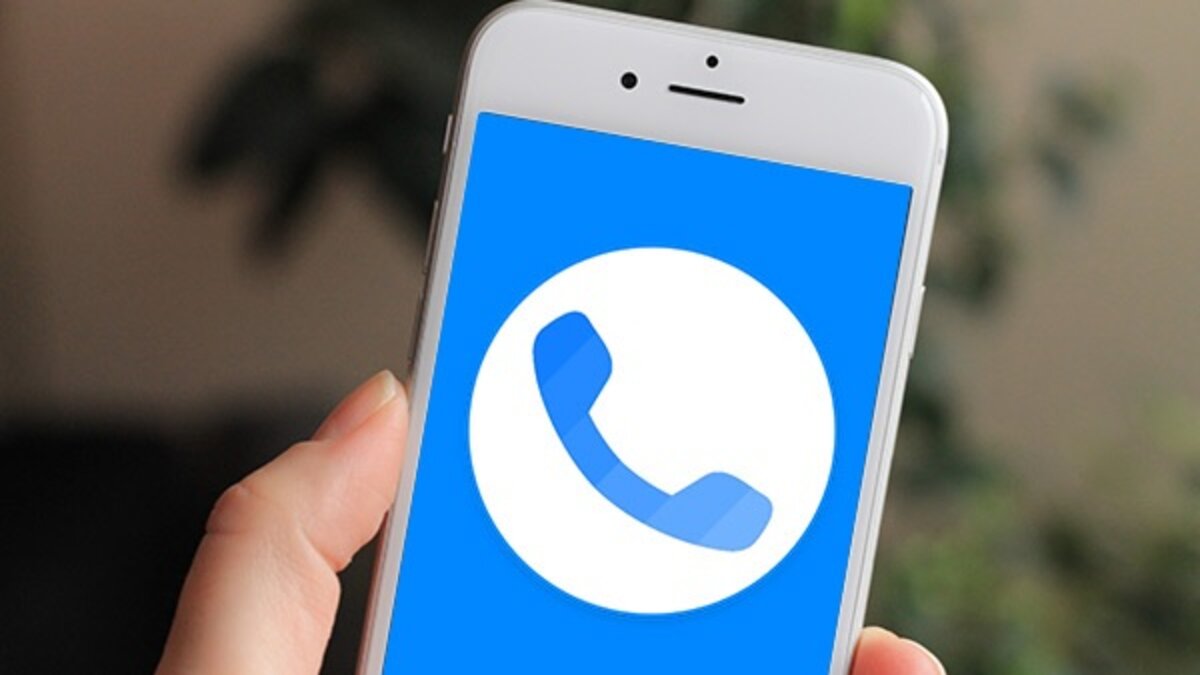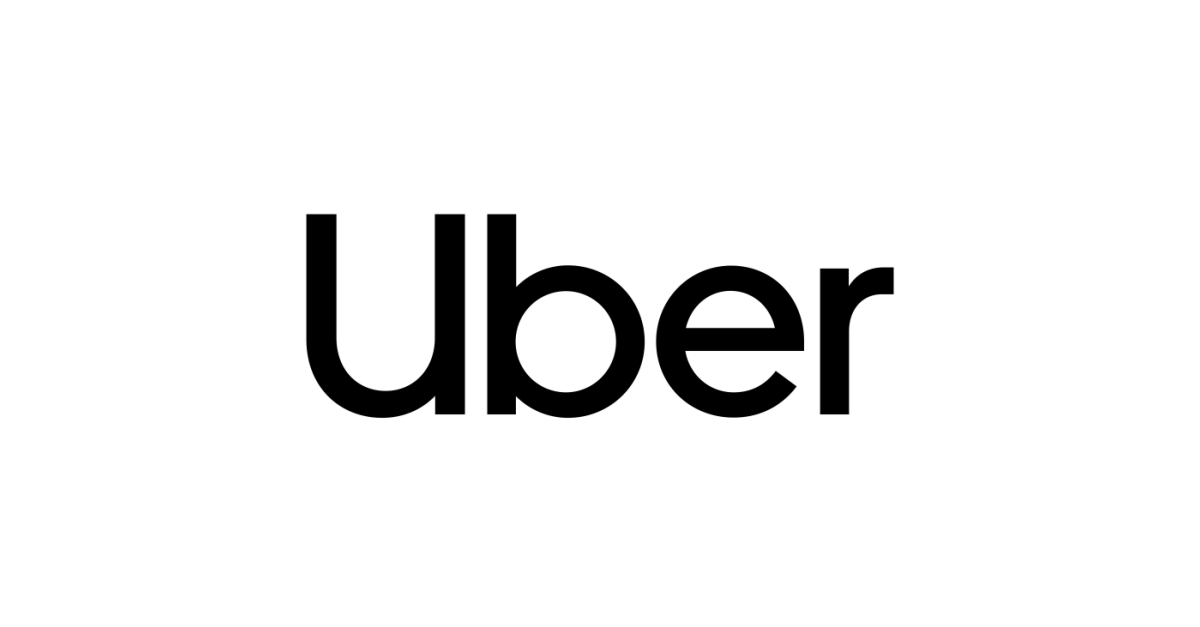Introduction
Truecaller is a Swedish internet offering a collaborative global phone directory. Truecaller provided a dynamic, collaborative phone directory using crowdsourcing with high data integrity. TrueCaller is a smartphone application that has features of caller identification, call-blocking, flash-messaging, call-recording, Chat & Voice by using the Internet. The business model of Truecaller involves its business plan, revenue model, its competitors, SWOT Analysis and many more.

Truecaller is a story of a successful startup app which made our tech-savvy life a lot much simpler.
Business plan
Truecaller uses communication platform as a service (CPaaS) Business Model. This sector primarily focusses on the connectivity between enterprise customers and their end customers. This connectivity can be of any type – Email, SMS, WhatsApp, App Notifications, RCS (Rich Communication Services) SMS, Telegram, Instagram, Twitter, Linkedin and what nots.
The Business Model here is to charge an upfront set up fee of sorts and then basis the product a usage fee per interaction. Truecaller is a Caller ID app, why they would consider themselves to be a part of the CPaaS market is an interesting twist to the business model.
The success lies in Truecaller’s business and marketing model.
Revenue model
- Truecaller earns the biggest part of its revenue by charging for its premium services. Truecaller Premium users have a blue badge on their profile.
- Advertisements are a very important way of revenue generation for Truecaller. Sponsor pay and advertisement channels are used.
- Truecaller offers ‘Truecaller Pro’ service. It is paid service of Truecaller. This service is used by many business ventures for marketing purpose.
- Truecaller provides facilities to the users of its partner mobile service providers. The services include premium membership and search of some fix contacts per month.
- Truecaller has had a strategic partnership with Microsoft and Twitter also. By These partnerships, Truecaller makes a lot of money and contribute to increasing its revenue.
- With Truecaller for business, Truecaller provides its business clients with a ‘Verified business’ tag or a ‘Priority call’ tag to better enable their chances to reach customers.
Competitors
since, Truecaller is a global business model, its competition is not confined to a national market but a global market. Here, is the list of some of the competitors of Truecaller:
- NetNumber
- Numeracle
- Hiya
- First Orion
SWOT Analysis
Strengths
- Extremely strong historical growth and high cash conversion
- Proven scalable playbook for entering new markets
- Owner/operator with proven innovation and execution
- Strong moat through depth of dataset
Weaknesses
- Geographically concentrated revenues – India accounts for ~70%
- Revenues concentrated on one product – Advertising accounts for ~85%
- Dependency on Android
- iOS challenges: Not able to deliver an equally good product vs Android

Opportunities
- New market entries for consumer app
- Increased monetization of users from increased ad load
- Product innovation towards more diversified revenue base
- B2B opportunity: Grabbing pole position in B2C verification through TfB
Threats
- Regulatory changes limiting Truecaller’s ability to gather user data
- Negative set-up changes in the Alphabet and/or Meta ad exchanges
- Potential competition from tech giants, including Apple, Alphabet, and Meta
Conclusion
Truecaller is a Caller ID and spam blocking app founded in Sweden. It helps users manage all their calls and messages quickly, by filtering out telemarketers, robocalls, and other unwanted disturbances.




